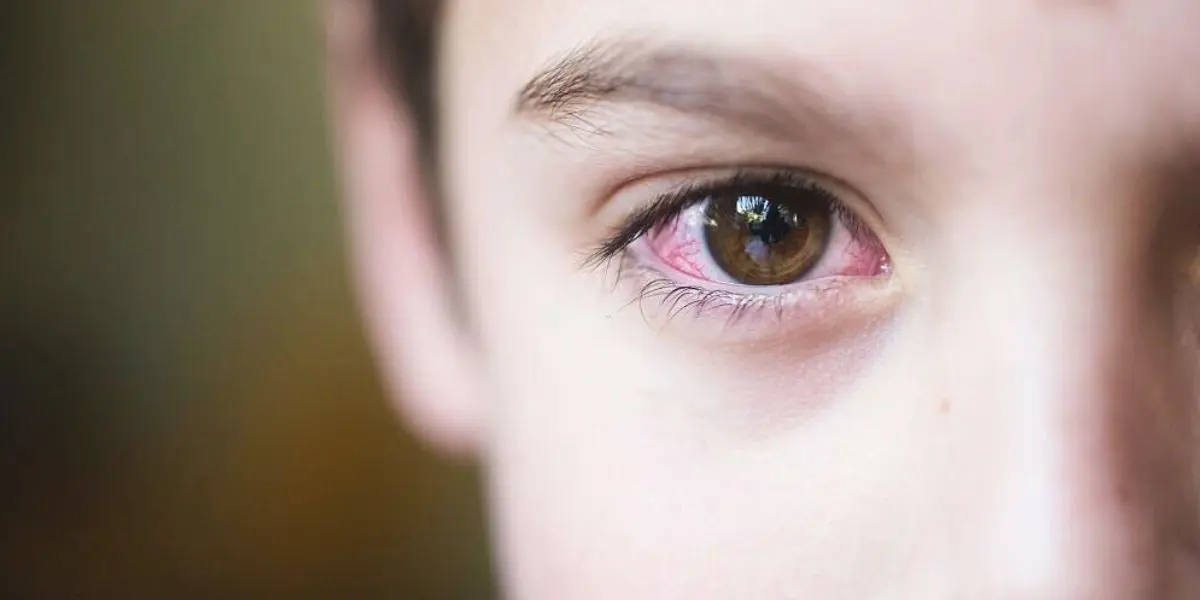Conjunctivitis eye infection, also commonly known as pink eye, is an eye infection in which the conjunctiva, a thin eye membrane, swells or gets infected. Because of infection or swelling, the white eyeball becomes pinkish or reddish. That’s why it is also known as pink eyes.
Bacteria, viruses, allergies, etc., can cause an eye infection. Still, viral conjunctivitis, which happens due to the virus, is more common in adults, and bacterial conjunctivitis is more common in children under age 15. In this article, you will learn about the major causes, signs -symptoms, and treatment of conjunctivitis.
What Are The Causes Of Conjunctivitis?
There are many causes of conjunctivitis, but some of the major ones are viruses, bacteria, fungi, allergies, smoke or dust, or very bright UV rays. Viruses that cause diseases like mumps, measles, etc., and bacteria like staphylococcus aureus, streptococcus, etc., can cause pink eye. However, the most common types of conjunctivitis or pink eye are viral or bacterial conjunctivitis happens because of bacteria and allergic conjunctivitis.
Viral and bacterial conjunctivitis can be transmitted through cough and sneeze droplets and by physical contact, and allergic conjunctivitis is transferred by dust, pollen grains, pet dander, etc.

How Can It Be Identified That You Have Conjunctivitis Or Pink Eye?
Many types of common signs and symptoms are seen in the majority of people, but the symptoms change from person to person. Some of the signs and symptoms are puffy eyelids, chances of white eyeballs into pinkish and reddish colors, discharge of white product from the eye, pain and irritation in the eye, and increased tears in the eye or eyes may appear stuck shut in the morning.
Increased sensitivity to light, crusting of eyelids or lashes, blurry or hazy vision, etc., are some of the most common symptoms that are seen in people with conjunctivitis, irrespective of the type of conjunctivitis or pink eye.
What Are The Available Treatments For Conjunctivitis?
The treatment options for conjunctivitis are different for all types of conjunctivitis, including allergic, bacterial, or viral conjunctivitis. Like antihistamines, eye drops are usually suggested for only allergic conjunctivitis but not for any other type of conjunctivitis. Non-steroidal anti-inflammatory(NSAIDs) drugs like ibuprofen are generally suggested for bacterial and viral conjunctivitis and not for allergic conjunctivitis; similarly, steroid eye drops are suitable for allergic and viral conjunctivitis eye infections and not for bacterial ones.
Oral or eye drops are suitable for only bacterial conjunctivitis; OTC artificial tears are for dryness and are advised for all types of conjunctivitis, similar to cool compression, which is also essential for all types of conjunctivitis. Antiviral medications are only advised for viral conjunctivitis.
Take proper care of eye hygiene, and do not apply makeup to the eye. These things can increase the infection. If you are suffering from an infection for more than 2-3 days, then you must consult an ophthalmologist or eye doctor as soon as possible.
Also Read:- How To Get Something Out Of Your Eye? Possible Techniques
What Are The Common Misdiagnoses Of Conjunctivitis?
Conjunctivitis is one of the common diseases and can happen to anyone. Still, some of the eye-related concerns are commonly misdiagnosed as conjunctivitis, and this can lead to wrong treatment. Some of the diseases that commonly look like conjunctivitis are:
- Keratitis– It is inflammation of the cornea, and its main symptoms are red eyes, profuse tearing, etc.
- Iritis– It is inflammation of the iris; its main symptoms are pain, redness, etc.
- Glaucoma– In this disease, the optic nerve, the nerve that connects the brain and eye, gets damaged. Its main symptoms are vision loss.
- Blepharitis– It’s a common disease that makes eyelids swell; its main symptoms are redness and inflammated eyelids, pain, etc.
- Stye– It is a red and painful lump around the eyelids. Its main symptoms are red, painful, and a filled lump or mass.
- Chalazion– It is a red bump or cyst on the eyelids; it is usually painless or can be painful as well.
The eyes are one of the most delicate parts of our body so it is very important to take care of it carefully, so do not use any medication or treatment without consulting a doctor or health practitioners.
Summary
Conjunctivitis is a common eye infection that is usually mild and goes away on its own. However, it is important to see a doctor if your symptoms are severe or do not improve after a few days. With proper treatment, most cases of conjunctivitis can be resolved quickly and easily.